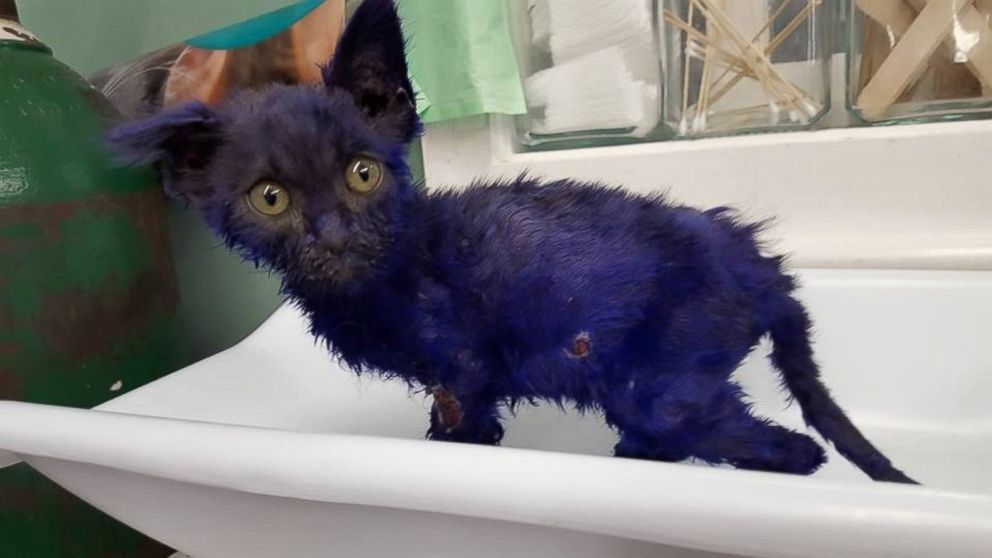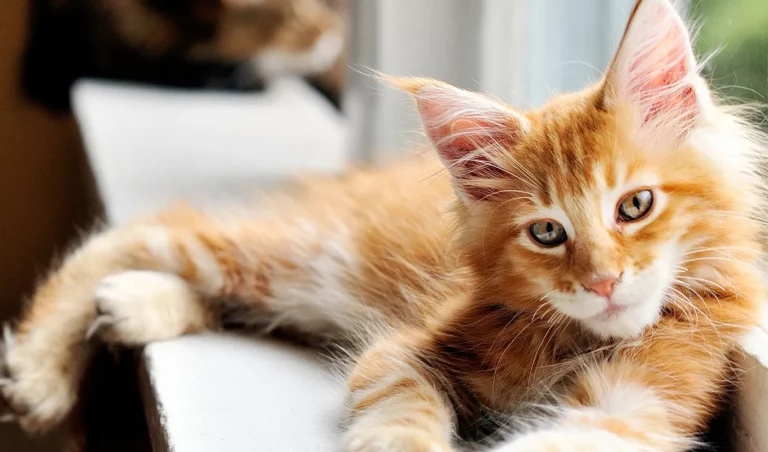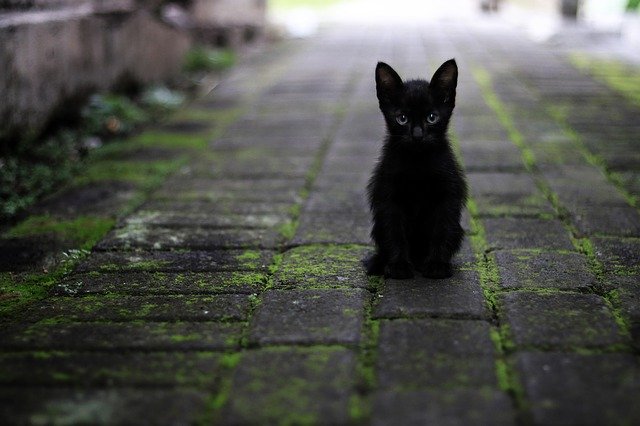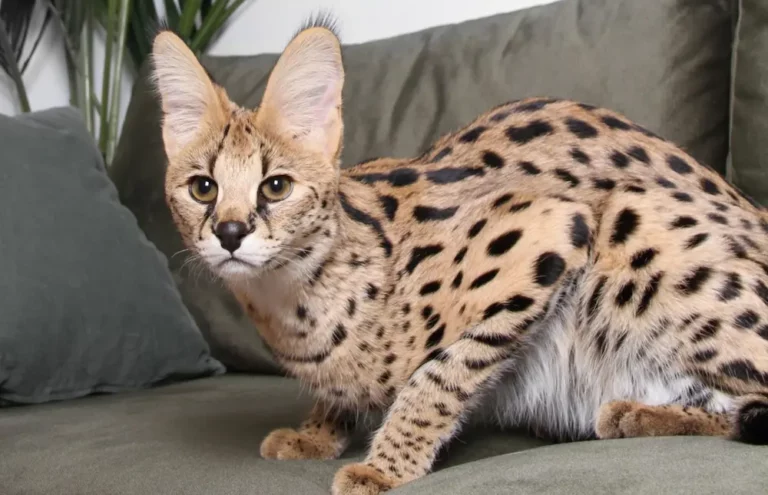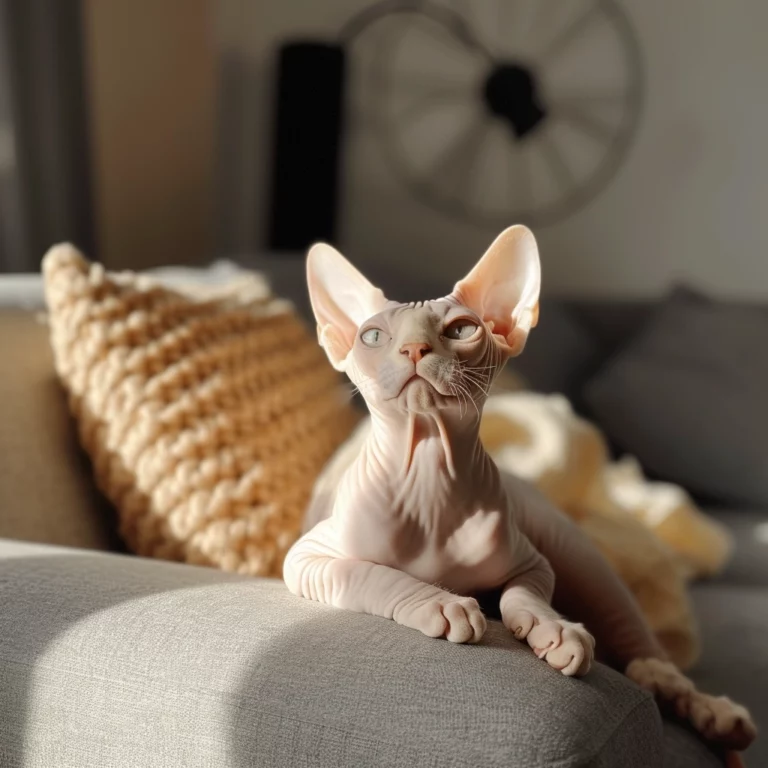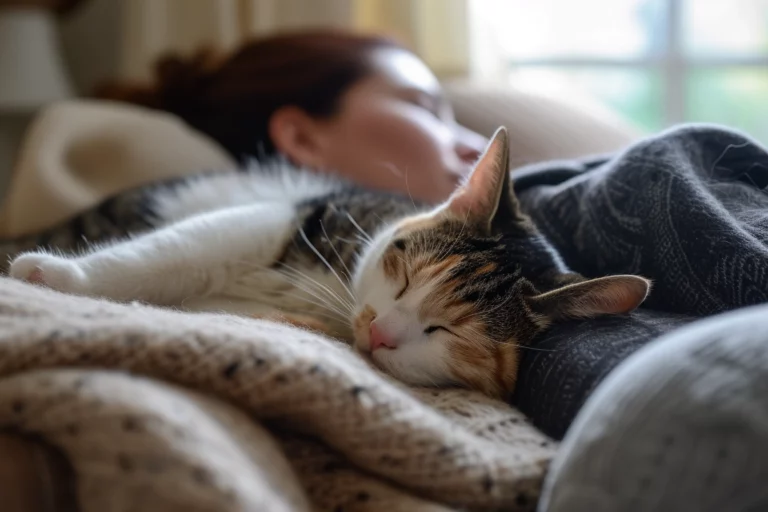Are Purple Cats Real? Debunking The Myths Behind It!
Have you ever stumbled upon a picture of a purple
The idea of a
I’ll admit, the first time I saw such an image, my skepticism meter hit the roof.
But then, I stumbled upon the story of Smurf, a kitten dyed a deep shade of purple and left with injuries that told a tale of unimaginable cruelty.
This shocking revelation opened my eyes to the lengths to which some will go to alter the appearance of animals for their amusement or gain.
While naturally purple cats don’t roam our streets, the phenomenon of artificially colored pets raises important questions about animal welfare and ethics.
In this text, I’ll jump into the reality behind these images, the impact on the animals involved, and why understanding the truth is crucial for their protection.
Exploring the Myth of Purple Cats
The Origin of the Purple Cat Tale
After diving into the topic, I discovered an intertwining of myths, unfortunate truths, and a remarkable story that sheds light on this story.
The tale of purple cats, primarily circulating through viral images and stories online, often leads back to a sad narrative involving a kitten named Smurf.
Smurf was dyed purple and abused, serving as a stark example of how far the obsession with aesthetic modifications in pets can go.
Initially, one might think the legend of purple cats sprang from folklore or digital artistry—a whimsical creation from the realms of photoshop wizards.
But, the root of this narrative is far more grounded and grim.
It’s important to underline that the fascination with animals possessing unnatural colors is not new.
People have long been drawn to the extraordinary, seeking pets that stand out due to unique physical traits.
The Reality Behind the Color
Understanding the reality behind purple cats requires acknowledging the uncomfortable truth that these cases are often the result of human intervention, rather than natural occurrences.
Cats naturally come in a beautiful variety of colors, but purple is not one of them.
The tale of Smurf is a pivotal illustration of this harsh reality.
This kitten was dyed purple and subjected to abuse, highlighting the extremes to which individuals might go for the sake of achieving a pet with an unusual appearance.
It’s paramount to stress that dyeing an animal’s fur for aesthetic reasons can be harmful and unethical.
The substances used, even if deemed “safe for pets,” can lead to allergic reactions, skin problems, and unnecessary stress for the animal.
In Smurf’s case, the dye was not just cosmetic but a byproduct of a deeper issue of animal cruelty.
As an advocate for animal welfare, I urge readers to appreciate and celebrate the natural beauty of cats and all animals.
Actions such as adopting pets from shelters, promoting responsible pet ownership, and educating others about the importance of treating animals with care and respect can make a significant difference.
The Lilac Cat : A Case of Mistaken Identity
First off, the term “lilac” in the
This coat color is more of a muted blend of grey with a pinkish hue, giving it a unique, almost mystical appearance.
It’s a color most commonly found in certain breeds, such as the British Shorthair, Persian, and Siamese cats.
To help you visualize, think of the delicate color of a lavender flower under soft sunlight — that’s the essence of a lilac
This coat color is highly sought after and is the result of careful breeding. Breeders aim to achieve this exquisite shade, which captivates
The Genetics of Lilac-Colored Felines
The journey into the genetics of lilac-colored felines is fascinating.
At its core, this distinctive coat color results from a specific combination of genetic factors.
Cats have a variety of genes that determine coat color, one of which is the B gene responsible for black or brown pigmentation.
In lilac cats, the color emerges not from the presence of purple pigment but from a dilution gene that lightens black pigments to a soft grey.
Further dilution and interaction with other genetic factors produce the distinct lilac or lavender shade.
Specifically, for a
Hence, breeding cats with the desired lilac coat involves a careful understanding of
It’s a delicate balance and one that requires both knowledge and patience from breeders aiming for this particular coloration.
Understanding this, we can appreciate the natural beauty and hard work that goes into the breeding of cats with such unique coat colors.
It’s a testament to the intriguing area of
Instead of altering cats in harmful ways, let’s celebrate and protect the incredible variety mother nature provides, using stories like Smurf’s not just as a cautionary tale but as a stepping stone toward better animal welfare and appreciation.
The Impact of Dyeing on Cat Welfare
Upon examining the troubling trend of dyeing cats, it’s essential to underline the potential hazards and emphasize the need for informed decisions to protect these beloved animals’ welfare.
Taking cues from the heart-wrenching story of Smurf, the kitten dyed purple and subjected to abuse, we can glean significant insights.
My goal here is to offer a compassionate perspective while illuminating the broader implications of such actions on animal rights and welfare.
Firstly, it’s crucial to understand that the act of dyeing a
Cats, by nature, are meticulous groomers.
Introducing foreign chemicals, often found in dyes not specifically designed for pets, can lead to ingestion of toxic substances as the
This ingestion can result in serious health issues, ranging from gastrointestinal distress to more severe toxic reactions.
Also, the stress associated with the dyeing process should not be underestimated.
Cats are sensitive creatures, and the anxiety elicited by being forcibly held and dyed can have enduring effects on their wellbeing.
Stress in cats can manifest in various ways, including changes in eating habits, avoidance behavior, and even aggression.
Hence, it’s paramount that we prioritize the emotional and physical health of our feline friends over a momentary novelty.
Considering Smurf’s ordeal, it becomes evident that such practices also pose broader concerns about animal rights.
The ethical implications are profound, underscoring a need for societal reflection on how we treat animals and the responsibilities pet owners hold.
Animal rights organizations worldwide advocate for the humane treatment of all animals, emphasizing that pets are not objects to be manipulated for entertainment or aesthetics.
They need protection, care, and respect.
The Role of Genetics and Breeding in Rare Cat Colors
When it comes to the allure of cats, their coat color and patterns often stand out as the most fascinating traits.
But, as we investigate into the world of rare
My aim is to shed light on how genetics contribute to coat color, the implications of prioritizing color over health in breeding, and provide practical advice for those entranced by the beauty of rare-colored cats.
Breeding for Coat Color Versus Health
In the pursuit of specific coat colors or patterns, breeders sometimes prioritize appearance over health, leading to unintended consequences.
A prominent example involves the Scottish Fold breed, known for its unique ear shape and diverse coat colors.
While the focus on aesthetics has popularized the breed, it has also perpetuated genetic disorders related to cartilage development.
Hence, when considering bringing a
This might involve consulting with breeders about health screenings and genetic tests they’ve performed.
For instance, responsible breeders of Persian cats, coveted for their luxurious coats and striking eyes, should provide clearances for polycystic kidney disease (PKD), a common genetic disorder in the breed.
Besides, it’s essential to strike a balance between the desire for a
This can involve supporting breeders who prioritize health, temperament, and the breed standards set by recognized organizations, such as The International
Also, while genetics play a significant role in a
A well-nourished
Hence, beyond genetic predisposition, proper care and nutrition are vital in bringing out the best in your
Wrapping This One Up
So while the allure of a purple
Let’s prioritize our pets’ health and happiness by loving them just as they are.
After all they’re perfect in every shade they naturally come in.
Here’s to embracing the real magic of our pets—the joy and color they naturally bring to our lives.re exotic breeds commanding higher prices.
